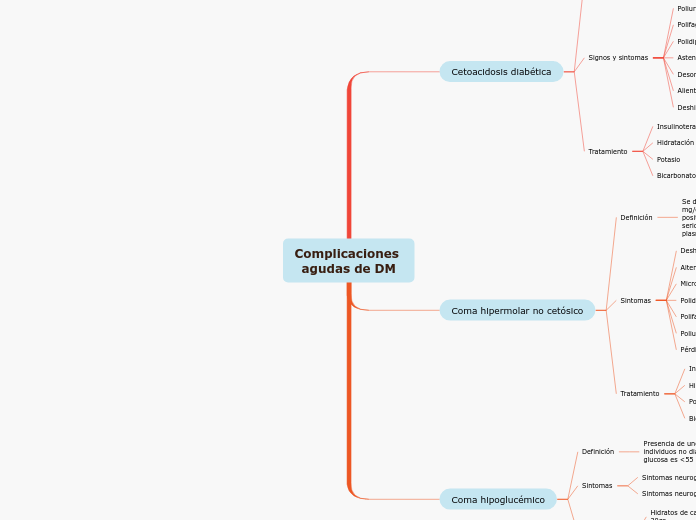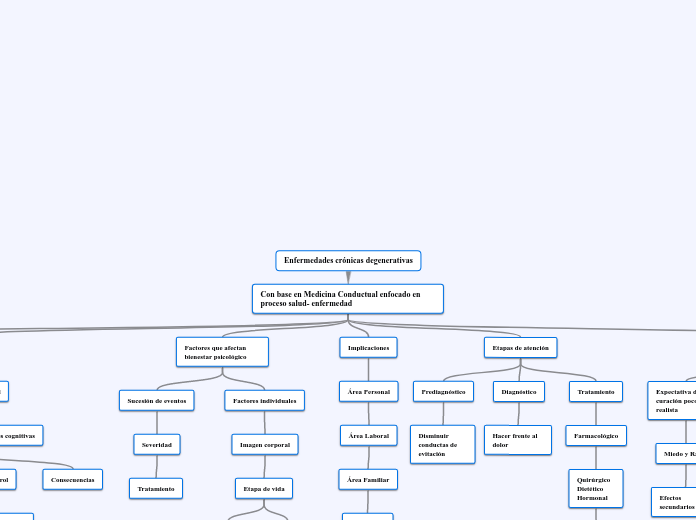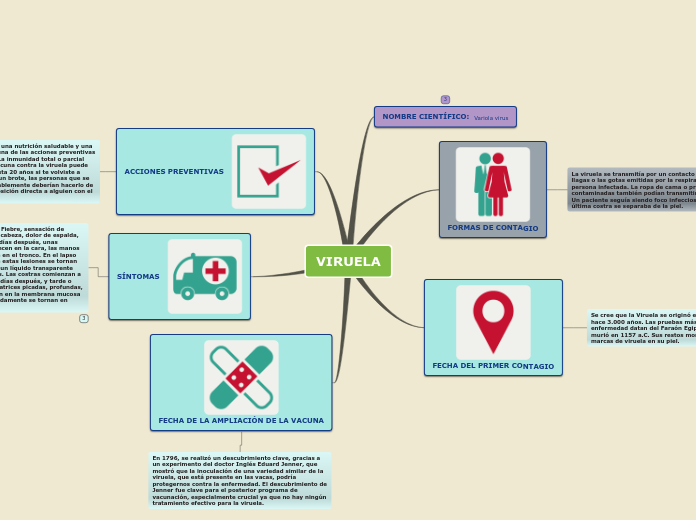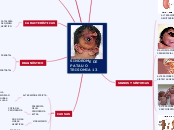Complicaciones agudas de DM
To name your story, you have to think about the overall message and what you want your audience to understand from the story. Also, make it relevant and easy to remember.
Coma hipoglucémico
The ending of a story is essential. We all know that if the ending is weak, what happened before loses its importance. So make it unpredictable, but fair. A resolved ending answers all the questions and ties up any loose threads from the plot.
Traramiento
Sol. Glucosada
Glucagón por via SC o IM
Hidratos de carbono de absorción rápida por VO, 20gr.
This is the closure section of the story.
See examples of possible outcomes below:
- all problems have been solved
- it's clear how each one of your characters ends up
- your main character is transformed by the challenge
Sintomas neuroglucopénicos
Sintomas neurogénicos o autonómicos
Try answering these questions to come up with a closure:
- Have all the problems been solved?
- Is there a clear picture of what happens with each character in the story?
- Has the challenge transformed your main character?
- How do the characters feel in the end?
This is the moment when the main character surpasses the last obstacle and finally faces their greatest challenge.
The climax usually follows one of these patterns:
- realization
- resolution
- choice
Type in your answer.
Presencia de unos niveles de glucemia <70 mg/dl. En individuos no diabeticos se considera hipoglucemia cuando la glucosa es <55 mg/dl
Coma hipermolar no cetósico
The middle of the story is where you add layers of complications that will lead to the end. Reveal more about the character's journey. Did their personality go through changes? How did they overcome the challenges? And as you build up the story’s central conflict, make it more personal to that character. Also, from the middle act, you have to lead into the final act.
Sintomas
Your character(s) need(s) motivation in order to solve the challenge(s).
Pérdida de peso
Microtrombosis
Alteración del nivel de consciencia
Deshidratación profunda
Secondary characters also might have motivs beacuse of which they may cross path with main character or which might trigger them to help the main character.
Each story has a main character and that character usually needs to solve a problem or challenge. The character's challenge is the one that creates tension throughout the story.
Se define bioquimicamente por una glucemia >600 mg/dl, cuerpos cetónicos negativos o levemente positivos en orina o suero, ph >7,30, osmolalidad serica efectiva >320 mOsm/kg y bicarbonato plasmático (>18 mEq/l).
Cetoacidosis diabética
In the beginning of the story (or the exposition), you will need to introduce the setting and characters. You might also want to introduce the main conflict. This part of the story is important because it gives the reader necessary background information and maybe even a first insight into a character’s personality.
Tratamiento
Bicarbonato
Potasio
Hidratación
Insulinoterapia
Signos y sintomas
The setting (time & place) of a story can change throughout the plot.
Deshidratación
Aliento olor afrutado
Desorientación
Astenia y adinamia
Sensory details include sight, sound, touch, smell, and taste. These details are important because they create depth in your setting.
See a few examples below:
- the smell of fresh bread
- the scent of freshly cut grass
- rain falling onto the windshield etc.
Polidipsia
The weather is an important element in your story because it can highly influence the ambiance and the mood of the characters.
Polifagia
The time of the story can also change. It can describe the event of a single day or can include an entire year's plot. Anyway, don't forget to mention it.
Poliuria
Your story can take place wherever your imagination will take you to.
For example: in an elevator, in an enchanted forest, etc. Don't forget to give details of the environment each time the setting changes, otherwise, the story can be confusing. Also, mention the seasons as each of them has unique weather and events.
Definición
Characters are essential to a good story. Usually, the protagonist(s) is/are the most affected by the plot. Introduce a character by focusing on their actions, interests, and occupation, as the physical appearance doesn't make a difference in most cases.
GLicemia mayor de 250 mg/dl, cuerpos cetónicos positivos en orina o suero, acidosis metabólica pH <7,30. con anión gap elevado >10. Disminución del bicarbonato plasmático <18mEq/l.
Type in the name of your character.










